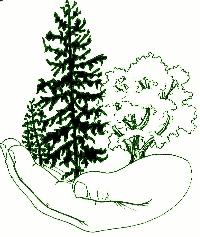|
|
|
|
Forest Savers' 2 million BTU flame treatment system headed onto a site. Since this photo was taken in mid May 2013, the system has been upgraded to a twin torch, 4 million BTU/hour system. 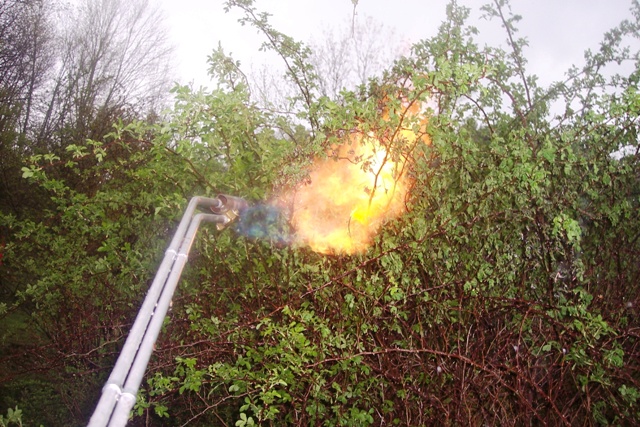 Foliar flaming a multiflora rose. The long burner wand and high intensity flame reach deep into impenetrable clumps and thickets. 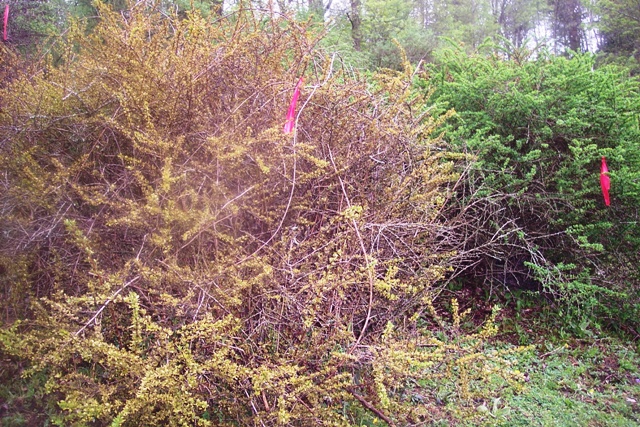 Foliar flamed barberry in foreground with an untreated barberry in the background. For barberry it appears that best results will be obtained by basal flaming 2 or more sides for 20-30 seconds each then quickly flaming the foliage with high intensity flame. 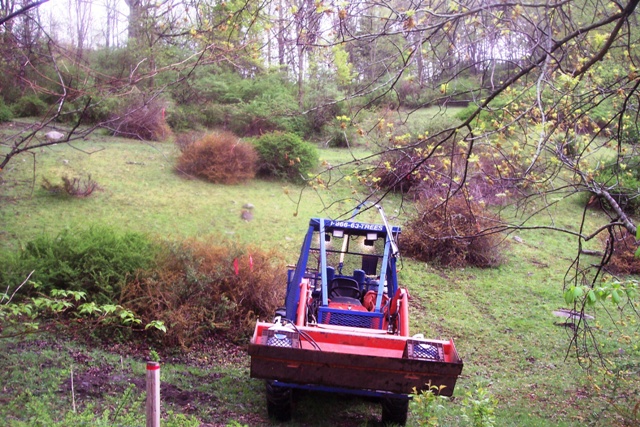 Flame treated barberry, honeysuckle, multiflora rose & juniper appear brown while untreated invasives are green. 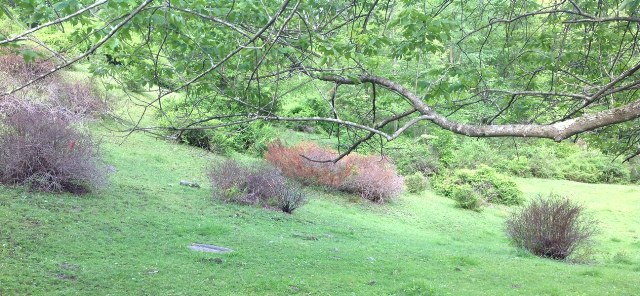 One month after flame treatment. 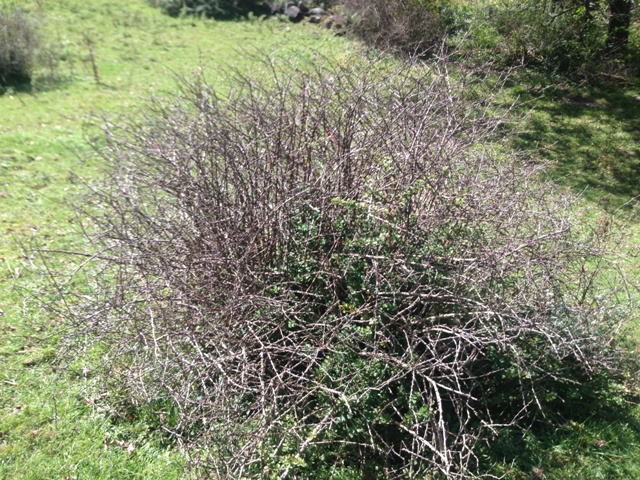 Barberry 4 months after flame treatment. Resprouting can be seen in the center of the clump. Basal flaming again before the next growing season will kill back the sprouts and should ignite the dead, dry top, thus opening up grazing access to the grass close to clump.  Multiflora rose 4 months after flame treatment. VIDEOS click here for a video of using flame to control multiflora rose click here for a video showing foliar flame treatment of buckthorn sprouts click here and in the second half of the video you will see more on the results of flaming large invasive shrubs COMMENTS and RESPONSES
Comment ~ May 23, 2014 How successful have you been using flame to control knotweed? How many follow-up treatments? Would this site have been just as easy to mow with same result? I do understand that killing the tops now through July will knock many woody plants back. Have
you ever thought of a town or concerned landowner (for example, farmer
hoping to keep chervil from spreading into a hayfield) hiring you to
flame treat roadside garlic
mustard &/or wild chervil now before seeds are released? I was on an organic farm in last week and they have sections of ledge in the pastures with multi-flora rose and black swallow-wort co-existing in patches. I wonder about flame to reduce those populations. Response ~ May 23, 2014
We are just in the initial stages of treating knotweed with flame, so I don't know how many follow up treatments it will take to knock it out. My guess is it will take at least several follow up flame treatments each time the knotweed reaches 6" to 2' tall. However with each treatment the shoots should become more feeble. This time of year seems to be good for making the initial flame treatment because the grass has greened up in the fields yet the old knotweed stalks on the ground still burn well and help generate more heat to kill the new shoots that aren't too tall. Tight mowing should also work, but often can't reach over banks or be conducted on rough, rocky, or soft ground. Flame can reach everywhere and you can see the leaves wilt immediately when hit with a 2 million BTU/hr flame. We have not tried any flaming with chervil or garlic mustard, but it is well worth a try. Again repeat treatments will probably be necessary. A town or concerned landowner hiring flaming done to treat garlic mustard and chervil before it seeds makes very good sense. Flaming eliminates the risk of mowers moving plant material and can knock back invasive plants tight around trees and rocks (bark protects the trees from the quick passage of the flame) as well as tight to the ground. There is little noise an no objects are shot from a whirling mower. If flaming is done after things have greened up and when conditions are moist (dew on the grass is sufficient), the quick passage of a 2 million BTU/hour flame will rupture and kill the cells of the target plants without igniting any fires. On the organic farm, flame treatment would readily reach in and around the ledges. It should be very effective on the multi-flora rose, particularly when it is basal flamed simultaneously with a 2 million BTU/hour flame coming from both sides so that the flame meets in the middle causing the heat to concentrate in the middle and kill all sides of the stems rather than blow through the base and out the other side. About 20 seconds of 4 million BTU/hour combined basal flame per rose clump should do the job, but a quick foliar flame can also be done to kill the leaves. We haven't tried flaming black swallow-wort, but without a doubt it will be knocked back - how vigorously it returns is the question. ~ Gerry |
TOLL FREE United States & Canada: 1-866-63-TREES 1-866-638-7337 |
Forest
Savers® LLC
796 Wayside Road Ext. Woodstock, VT 05091 |
PHONE: 1-802-356-3215
|
©2019
